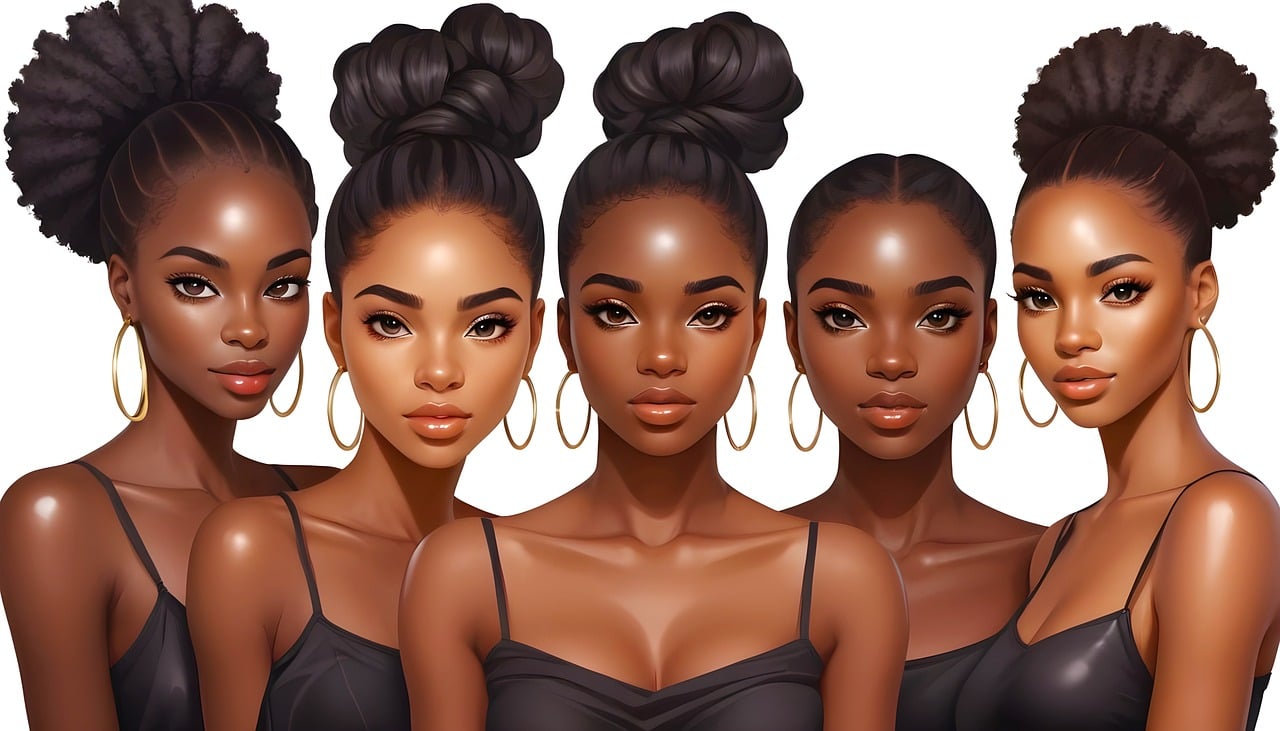The Fascinating History of Fashion: From Ancient Times to Modern Runways
Exploring the history of ancient civilizations offers a fascinating glimpse into the evolution of clothing. Ancient Egyptians, for example, were known for their elaborate garments crafted from linen and adorned with intricate embroidery and colorful dyes. These garments not only served a practical purpose but also symbolized social status and hierarchy within the society. Similarly, the civilizations of Mesopotamia utilized textiles such as wool and silk to create draped garments that reflected their cultural beliefs and values.
Moving eastward, the ancient Chinese civilization valued silk as a luxurious fabric for clothing, reserved for the elite and nobility. Silk garments were often embellished with intricate patterns and designs, showcasing the craftsmanship and artistry of the period. In contrast, the ancient Greeks favored garments made from lightweight fabrics like linen and wool, creating tailored garments that emphasized the natural contours of the body. The intricate drapery and flowing silhouettes of Greek clothing reflected their appreciation for beauty and aesthetics in both art and fashion.
• Ancient Egyptians used linen and colorful dyes for elaborate garments
• Garments symbolized social status and hierarchy in Egyptian society
• Mesopotamians utilized wool and silk for draped garments reflecting cultural beliefs
• Chinese civilization valued silk as a luxurious fabric for the elite and nobility
• Greeks favored lightweight fabrics like linen and wool for tailored garments
The Birth of Haute Couture
During the 19th century, the concept of haute couture emerged within the realm of fashion, transforming the way clothing was created and consumed. Charles Frederick Worth, a British designer based in Paris, is widely recognized as the pioneer of haute couture. Worth established the first haute couture house in 1858, where he offered custom-made garments to the elite clientele. This marked a shift from the previous system of dressmaking, where garments were created on a small scale by individual seamstresses.
Haute couture, which translates to “high sewing” in French, elevated the status of fashion design to an art form. The emphasis was on creating one-of-a-kind pieces that showcased the designer’s skill and creativity. The rise of haute couture also led to the establishment of fashion houses in Paris, such as Chanel, Dior, and Givenchy, which became synonymous with luxury and exclusivity. This marked the beginning of a new era in fashion, where designers became revered figures and their creations were sought after by the elite.
The Evolution of Silhouettes
In the world of fashion, the evolution of silhouettes has been a fascinating journey that reflects the societal norms and cultural influences of different time periods. From the voluminous shapes of the Renaissance era to the sleek lines of the Art Deco period, silhouettes have continually transformed to mirror the changing tastes and preferences of each generation. These shifts in silhouette have often been driven by technological advances, economic factors, and even political events that have shaped the course of fashion history.
One of the most notable shifts in silhouettes occurred during the 1920s with the rise of the flapper style. Women discarded the restrictive corsets of the past in favor of loose, boyish shapes that allowed for greater freedom of movement. This iconic silhouette symbolized the newfound independence and liberation of women during the Jazz Age, marking a significant departure from the structured and constricting fashions of previous decades. The evolution of silhouettes during this time period showcased the shifting attitudes towards gender roles and paved the way for a more progressive approach to fashion design.
How did clothing in ancient civilizations contribute to the evolution of silhouettes?
Clothing in ancient civilizations such as Egypt and Rome laid the foundation for the development of different silhouettes through the use of draping, tailoring, and fabric manipulation techniques.
What role did haute couture play in shaping the evolution of silhouettes?
Haute couture, with its focus on custom-made, high-end fashion, played a significant role in pushing the boundaries of silhouettes and introducing innovative designs that influenced mainstream fashion trends.
How have silhouettes evolved over time?
Silhouettes have evolved from the simple, draped styles of ancient civilizations to the structured, tailored looks of the Victorian era, and continue to be influenced by changing fashion trends and societal norms.
What factors have influenced the evolution of silhouettes?
Factors such as technological advancements, cultural influences, social movements, and the changing role of women in society have all played a role in shaping the evolution of silhouettes in fashion.







